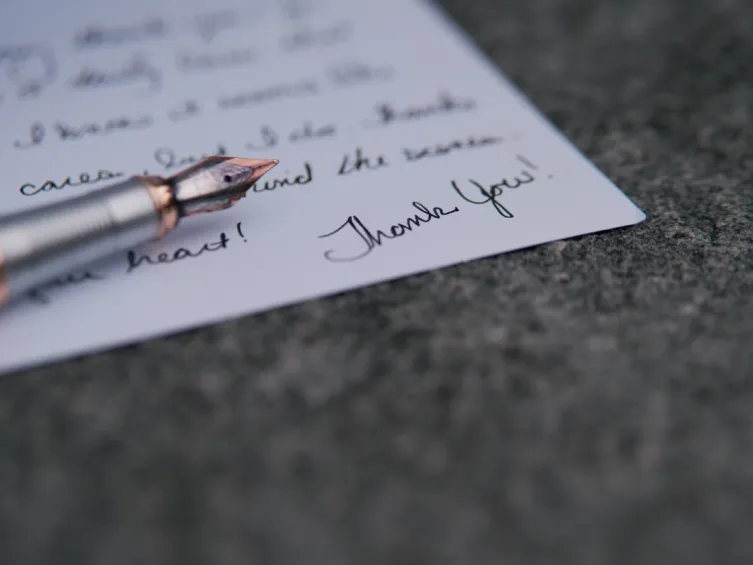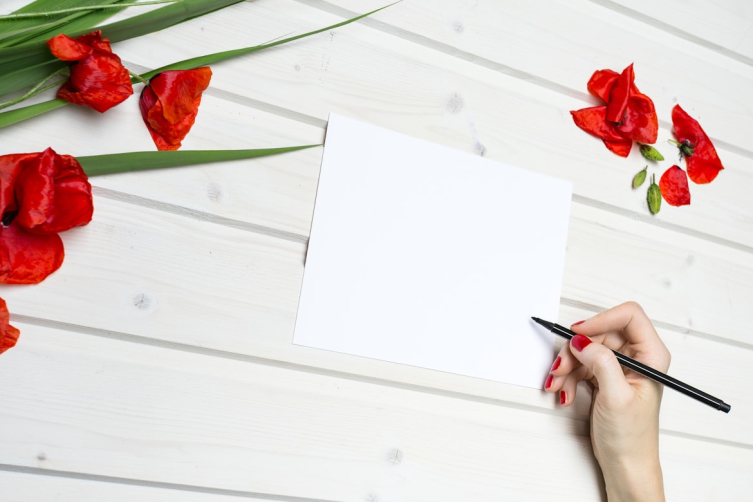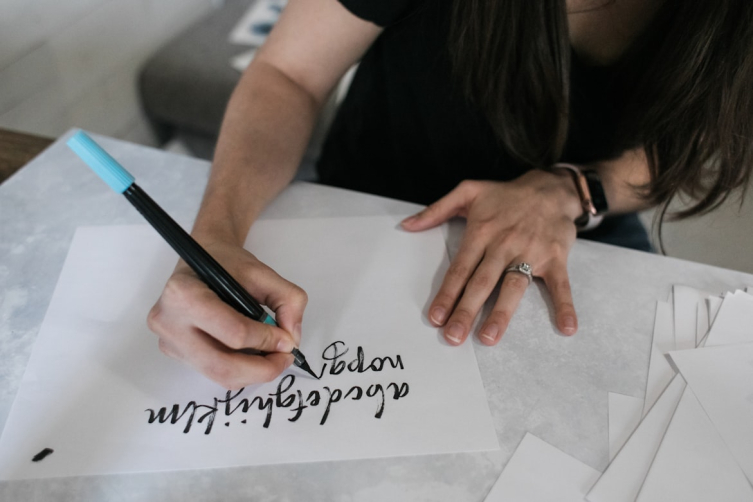How to Write a Greeting That People Actually Remember

Understanding the Power of a Memorable Greeting
In the fast-paced world of communication, first impressions are everything. A greeting is often the very first interaction someone has with you, your brand, or your message. Despite its simplicity, a well-crafted greeting can leave a lasting impression, opening doors to meaningful connections and engagement. Learning how to create a greeting that resonates and sticks in people’s minds is an invaluable skill for anyone looking to stand out in personal or professional contexts.
Many people underestimate how much impact a greeting can have. It’s not just about saying “hello”; it’s about setting a tone, building rapport, and inviting further interaction. The difference between a forgettable greeting and one that people remember lies in intentionality, creativity, and emotional connection. This article will explore practical techniques and insights to help you master this art.
Why Most Greetings Fail to Make an Impression

Before diving into strategies for crafting unforgettable greetings, it’s important to understand why so many fall flat. Common greetings often become clichés, repeated so frequently that they lose any unique value. Phrases like “Hi, how are you?” or “Good morning” are polite but rarely memorable.
Additionally, generic greetings lack personality and fail to engage the listener’s emotions or curiosity. Without a spark of originality or relevance, a greeting can feel like background noise, easily forgotten amid the myriad of messages people receive every day. Recognizing these pitfalls helps in avoiding them and sets the stage for more impactful communication.
Key Elements of a Greeting That Captures Attention

Crafting a greeting that stands out requires an understanding of what elements make it effective. These components work together to create a greeting that is not only heard but also remembered.
Personalization
Tailoring your greeting to the individual or audience shows attentiveness and respect. Using someone’s name or referencing a shared experience makes the interaction feel unique and valued.
Positivity
Positive emotions are contagious and memorable. A greeting that conveys warmth, enthusiasm, or kindness sets a welcoming tone and encourages openness.
Relevance
Context matters. Greetings that are appropriate to the situation or environment resonate more deeply. A greeting at a business meeting differs from one at a casual gathering, and recognizing this enhances memorability.
Originality
Injecting creativity or a fresh twist into a greeting catches attention. This could be a playful phrase, a clever question, or an unexpected compliment that sparks interest.
Techniques to Craft Greetings That Leave a Lasting Impression

With the foundational elements in place, it’s time to explore actionable methods to make your greetings unforgettable. These techniques blend psychology, communication skills, and creativity.
Start with a Story or Interesting Fact
Opening with a brief anecdote or an intriguing fact related to the context can captivate your audience. This approach breaks the monotony of standard greetings and piques curiosity.
For example, instead of saying “Good morning,” you might say, “Did you know that mornings boost creativity? Let’s make the most of this one!” This adds an informative and motivational twist that people are likely to recall.
Use Questions That Invite Engagement
Greeting someone with a question that requires more than a yes or no answer encourages interaction. Questions related to shared interests or recent events create a connection and make the greeting more meaningful.
For example, “How did your weekend adventure go?” or “What’s the most exciting thing on your agenda today?” These open-ended questions signal genuine interest.
Incorporate Humor Wisely
A touch of humor can make a greeting memorable, but it must be appropriate and sensitive to the audience. Light-hearted jokes or witty remarks can lower barriers and foster a friendly atmosphere.
For instance, in a casual setting, a greeting like “Ready to conquer the day or just survive it?” can bring a smile and make the interaction enjoyable.
Express Genuine Compliments
Everyone appreciates sincere recognition. Starting with a compliment related to something noticeable or admirable can create positive feelings and strengthen rapport.
Examples include, “I love the energy you bring to the team,” or “Your presentation yesterday was inspiring.” Authenticity is key here; forced compliments can backfire.
Match Your Tone and Body Language
A greeting is more than words. Tone of voice, facial expressions, and gestures reinforce the message. Warmth, confidence, and enthusiasm conveyed through nonverbal cues increase the impact and memorability.
For example, a smile paired with a friendly tone while saying “Nice to see you!” feels more engaging than words alone. Being mindful of cultural norms ensures your nonverbal communication is appropriate.
Examples of Effective Greetings Across Different Contexts
To illustrate these principles in action, here are examples of greetings tailored to various situations, showing how to adapt style and content for maximum effect.
Professional Settings
| Scenario | Memorable Greeting |
|---|---|
| Business Meeting | “Good morning, I’ve been looking forward to discussing how we can innovate together today.” |
| Networking Event | “Hi, I heard your recent project received great feedback. What was the secret to your success?” |
| Email Opening | “I hope this message finds you thriving and filled with new ideas.” |
Casual and Social Interactions
- “Hey! What’s the most fun thing you’ve done this week?”
- “Good to see you! Your jacket is awesome—where did you get it?”
- “Hello there! Ready for some great conversation and even better coffee?”
Common Mistakes to Avoid When Greeting Others
Even with the best intentions, some mistakes can undermine the effectiveness of your greeting. Being aware of these pitfalls helps maintain positive impressions.
Overusing Clichés
Relying too heavily on generic phrases makes your greeting blend into the background. Strive for freshness and authenticity instead.
Being Insincere or Forced
People can sense when greetings are not genuine. Phrases that feel scripted or obligatory can alienate rather than engage.
Ignoring Cultural Differences
What is considered friendly or appropriate in one culture may be awkward or even offensive in another. Research and cultural sensitivity are crucial, especially in international contexts.
Neglecting Nonverbal Communication
Words without matching body language can seem hollow. Avoid appearing distracted or disinterested when greeting someone.
How to Practice and Improve Your Greeting Skills
Like any communication skill, mastering memorable greetings requires practice and reflection. Here are some steps to enhance your ability:
Observe and Learn from Others
Pay attention to greetings that make a strong impression on you. Analyze what makes them effective and consider how to incorporate similar techniques.
Experiment with Different Approaches
Try varying your greetings in different situations to see what feels natural and gets positive responses. Keep notes on what works best.
Seek Feedback
Ask trusted friends or colleagues how your greetings come across. Constructive feedback can reveal blind spots and opportunities for growth.
Reflect on Your Intentions
Before greeting, consider what you want to achieve. Being clear about your purpose helps tailor your message and increases impact.
Incorporating these practices gradually will build confidence and improve your ability to connect meaningfully through your greetings.
The Lasting Impact of a Thoughtful Greeting
Mastering how to write a greeting that people actually remember is more than a communication trick; it is a gateway to stronger relationships and deeper connections. Whether in personal life, professional environments, or digital communication, a greeting that resonates can set the stage for success.
By combining personalization, positivity, relevance, and originality, you create moments that linger in the minds of your audience. These moments can turn casual encounters into opportunities, strangers into friends, and introductions into collaborations. Embracing the art of memorable greetings enriches your interactions and elevates your presence wherever you go.





































